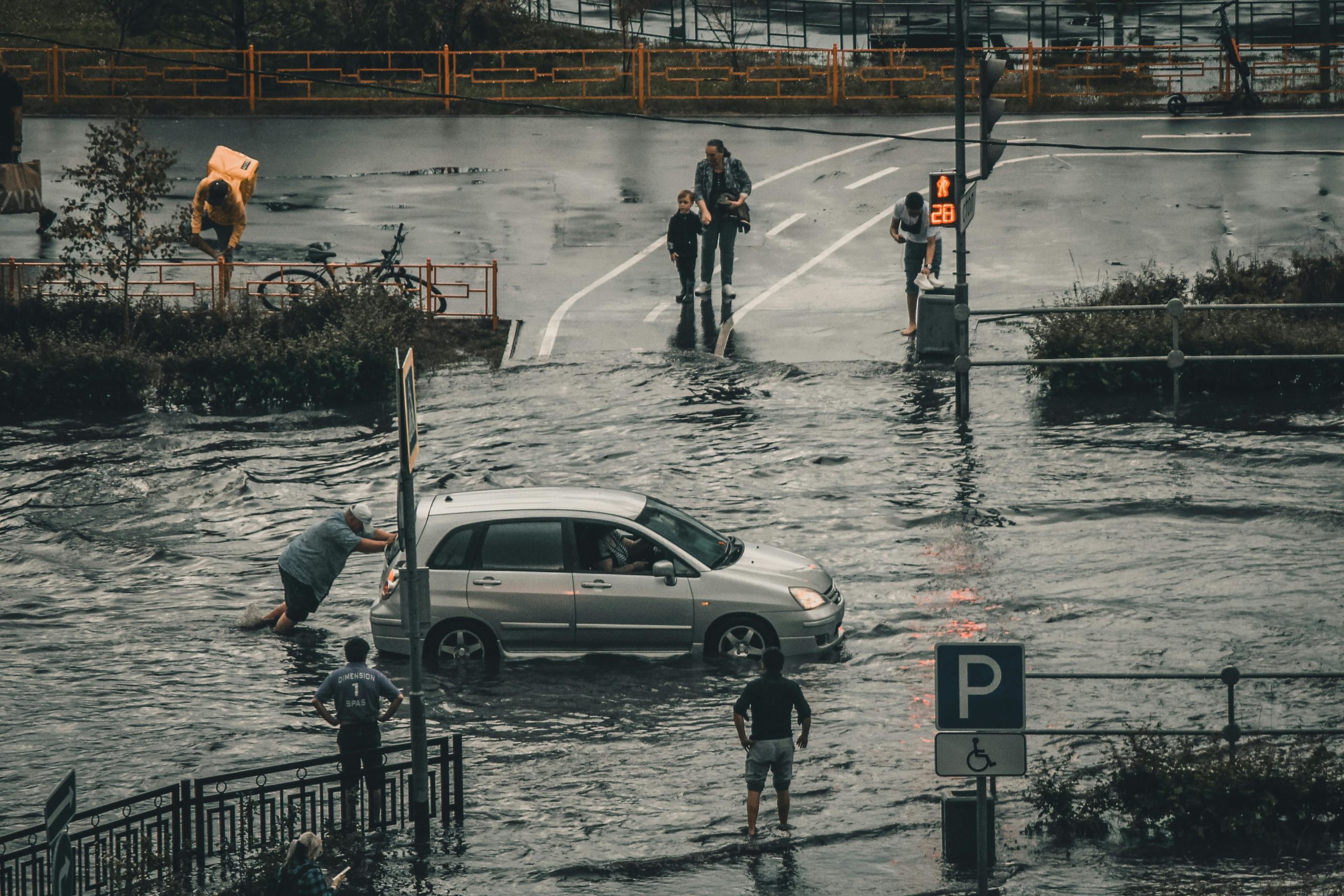Best of Johannesburg
How to Prepare Your Car for Flash Floods in Gauteng 2025

“Turn around, don’t drown” isn’t just a slogan; it’s life-saving advice in Joburg’s rainy season
It’s Not Just Rain; It’s Risk
If you’ve lived through a Johannesburg summer, you know our storms don’t mess around. Roads vanish under water, rivers burst into the streets, and suddenly, what was meant to be a quick drive becomes a dangerous detour, or worse.
In 2025, flash floods across Gauteng have already claimed roads, trapped cars, and pushed emergency services into overdrive. So, whether you’re running errands in Randburg or heading home from work through Centurion, the key is simple: be flood-prepared before you even turn the key.
Also read: Driving in the Rain in Joburg: Safety Tips That Could Save Your Life SA 2025
Step One: Your Car Needs to Be Rain-Ready
Before the skies open, make sure your vehicle is up for it. Here’s what local mechanics and emergency response crews say should be checked:
-
Tyres: Make sure your tread depth is solid and tyres are inflated correctly. Bald tyres mean aquaplaning is one puddle away.
-
Brakes, Lights, and Wipers: These aren’t optional during a storm. Check they’re in full working order.
-
Battery and Electronics: Water and electrics don’t mix. Get things checked out if you suspect water damage from a previous storm.
-
Windscreen Visibility: New wiper blades are a cheap upgrade that can save your life in poor visibility.
Also keep a car emergency kit:
Torch, reflective triangle, power bank, emergency whistle, dry clothes, water, snacks, and a waterproof pouch with your ID, insurance info, and important documents.
Step Two: Know When to Stay Put
If there’s a storm brewing, check the forecast, and more importantly, check the roads. The Johannesburg Roads Agency (JRA) and Gauteng Government’s emergency alert platforms give real-time road closures, river levels, and danger zones.
Don’t trust the water.
It takes only 15 cm of flowing water to knock you off your feet and just 30-60 cm to sweep a car away.
If you see floodwater ahead:
-
Turn around, even if it looks shallow
-
Avoid low-water bridges and underpasses
-
Don’t try to “beat” the current; speed can’t outrun a flash flood
Step Three: If You’re Caught on the Road
If floodwaters rise while you’re in transit, follow these expert-backed tips from the NSRI, MIWA, and Arrive Alive:
-
Switch on headlights and hazard lights so others can see you
-
Send your live location to family or friends
-
Drive slowly in first gear if water depth is under 20cm, forming a bow wave in front of the car
-
Use both hands on the wheel; keep control
-
Avoid driving at night in storms; visibility is limited and water hazards are hidden
Step Four: If Water Traps You
Getting stuck isn’t always avoidable. If you’re surrounded by water:
-
Unbuckle everyone and unlock the doors immediately
-
Open the windows if you still can; it’s easier than breaking them
-
If water’s rushing in and doors won’t open, use your headrest or a spark plug to break a rear side window
-
Exit through the rear, the car’s nose sinks first
-
Don’t swim in moving water unless you absolutely must; it’s safer to cling to the vehicle or climb on top
-
Move to higher ground and call for help
Step Five: After the Water
Flooded cars need professional attention, and quickly. Don’t attempt to start a car that’s been submerged or stuck.
Get your vehicle to a reputable, accredited workshop. There may be water in:
-
The engine
-
The electrical system
-
The fuel tank or transmission
And yes, mould, mildew, and odours are real. Get the interior dried out ASAP.
Why It’s a Gauteng Thing
We’re not just another dot on the weather map. Flash floods here move fast. Drainage in parts of Soweto, Sandton, and Midrand simply can’t keep up when downpours hit.
In March 2025, entire sections of road collapsed along the Jukskei and Hennops rivers. Rescue teams pulled cars out of rivers in Illovo, Randburg, and Olivedale. Social media was flooded with photos of half-sunk bakkies and emergency sirens.
Locals know now: there’s no such thing as “just a puddle” in Joburg.
Flood-Smart Checklist
✔️ Tyres, brakes, wipers, lights (check)
✔️ Emergency kit in the boot
✔️ Avoid flooded roads always
✔️ Know emergency exits and don’t panic
✔️ Never restart a flood-stalled car
✔️ Let a pro inspect water-damaged vehicles
Don’t Risk It for the Shortcut
Flash floods don’t care how close you are to home. If there’s water on the road and doubt in your mind, choose the safer route, even if it’s longer.
It could save your car. It could save your life.
Also read: Where to Get the Cheapest Tyres in Joburg Right Now (2025)
Follow Joburg ETC on Facebook, Twitter , TikTok and Instagram
For more News in Johannesburg, visit joburgetc.com
Featured Image: Pexels















